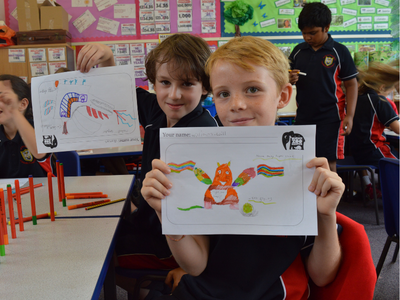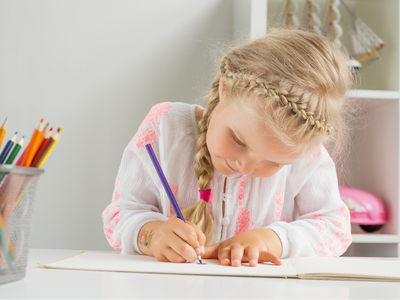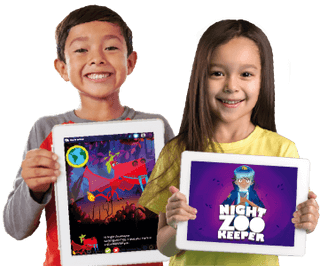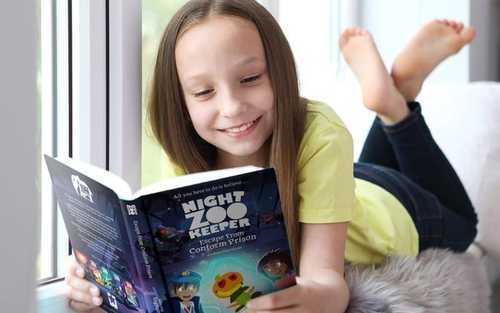How Drawing and Writing Work Together


Drawing is considered to be the foundation needed in order for children to be able to develop writing skills at an older age. Children usually express an interest in drawing as soon as they’ve acquired the motor skills needed to physically perform this activity, as drawing is certainly the most popular creative outlet for younger kids.

Younger children predominantly express themselves verbally and through sounds, but also visually through drawing and physical movement. Drawing is almost instinctive, as it allows children to effectively communicate, sometimes even before the use of verbal communication.
Taking the advantages of drawing into account, how does it help in the development of writing skills, and how can we as educators ensure that children make the most out of this synergy? Here are some of the ways in which drawing and writing work together:
1. Drawing improves your child’s pre-writing skills
Developing pre-writing skills is crucial for the overall success of your child’s writing journey and drawing plays a big role in ensuring that these skills are acquired before your child starts learning how to write. We go into detail on how you can help your preschool child develop their pre-writing skills in this article.
2. Drawing and writing complement each other to develop critical thinking
While drawing is often used as a starting point and as creative inspiration for the writing task, writing often encourages children to think about their drawing in a more critical way. Encouraging children to draw something and then write about it will develop both creative and critical thinking skills.
3. Perceptual skills development
Drawing will help your child to develop crucial perceptual skills, which include visual/image interpretation and recognition. These skills are necessary in order to perform activities such as reading and writing.
4. Drawing and writing improve communication skills
Using a drawing to inform or supplement a piece of writing can generate a verbal or written discussion, in which your child has the opportunity to work on self-expression, argument structure and other areas of communication.
5. Drawing will improve focus when creating a piece of writing
Starting a writing task by asking your child to draw a setting, character or event is a great way to encourage them to focus on the task at hand from a more creative point of view. Drawing is often used as an initial activity, with the intention of introducing a fun approach to writing. This is particularly effective if your child doesn’t particularly enjoy writing.

Do you use drawing as part of your approach to education? If so, do you have any further tips on how to combine drawing and writing effectively? We’d love to hear about your thoughts and experiences!
Night Zookeeper is one great avenue for your child to explore the intersection between drawing and writing! Our writing program for kids will keep your child excited to write every day.
Start your 7-day free trial today!
You can reach us via email at [email protected] or through social media on:


Make Reading & Writing Fantastically Fun!
- Award-winning reading & writing program for kids
- Improves spelling, grammar, punctuation & vocabulary
- Over 1,000 different learning games and activities


“My child hates writing.” What do I do?


Night Zookeeper Launch A Personalized Book Where Kids Can Draw The Hero


25 Creative Writing Prompts for Kids


